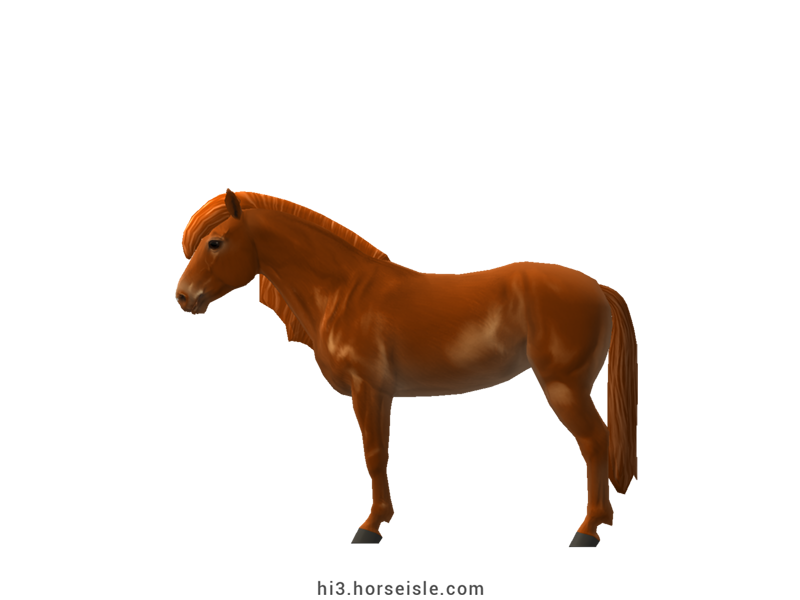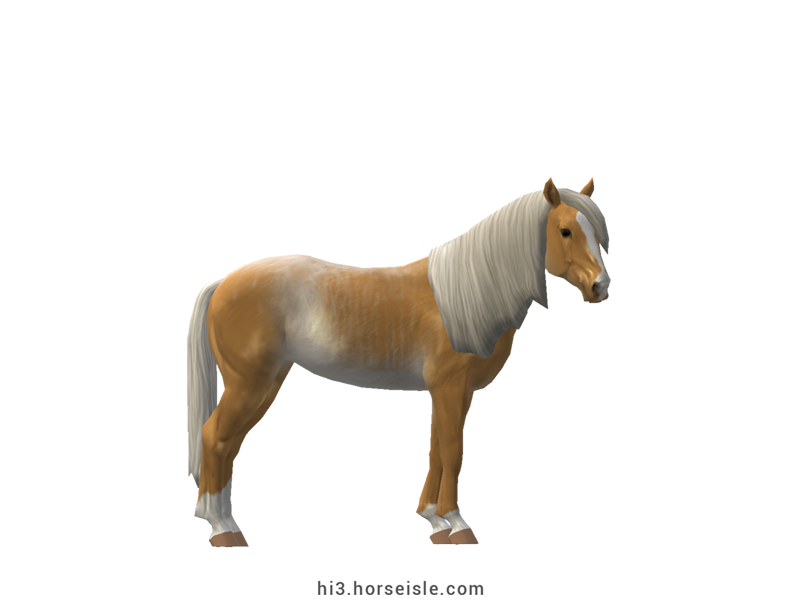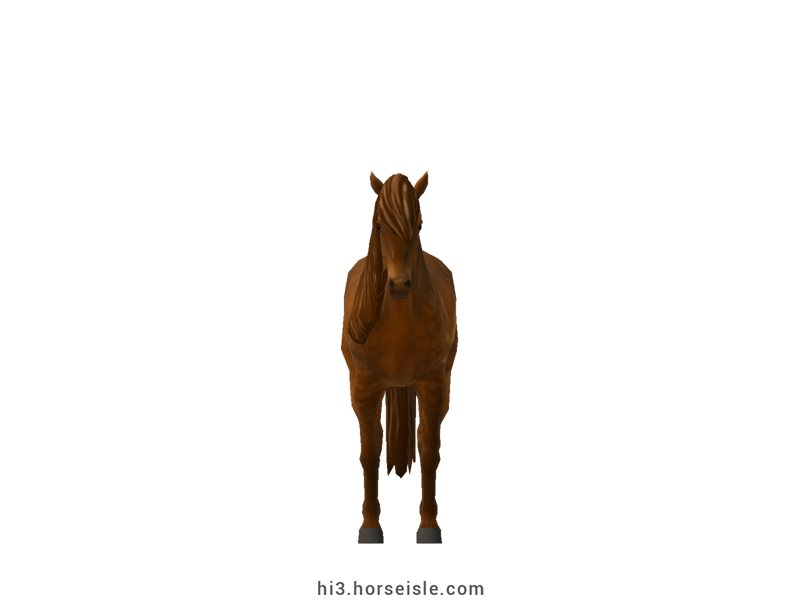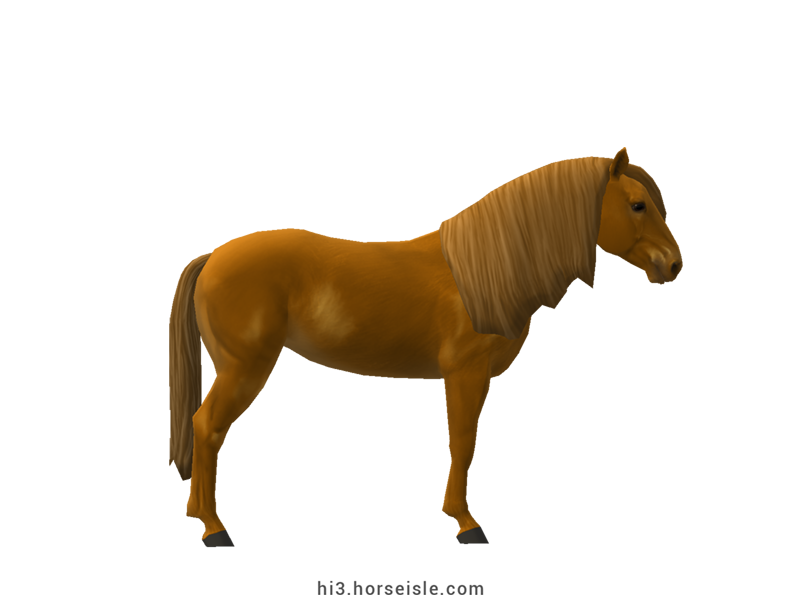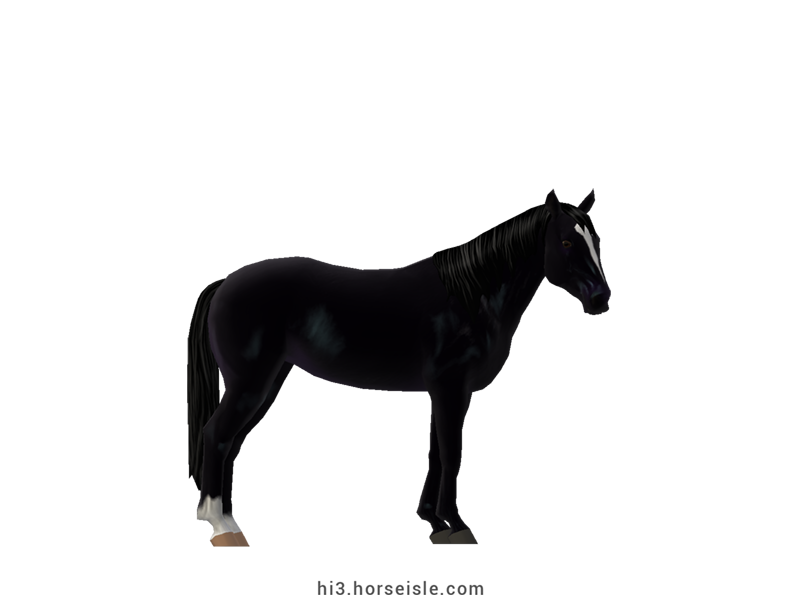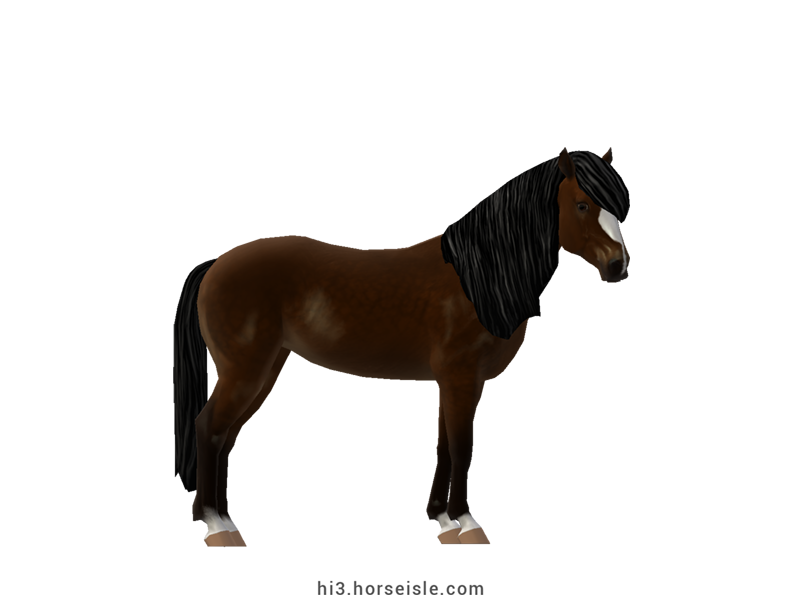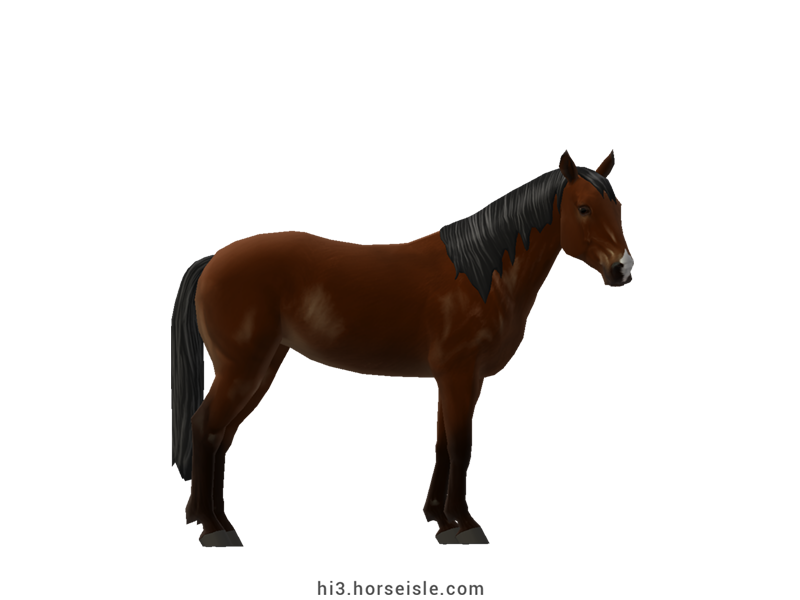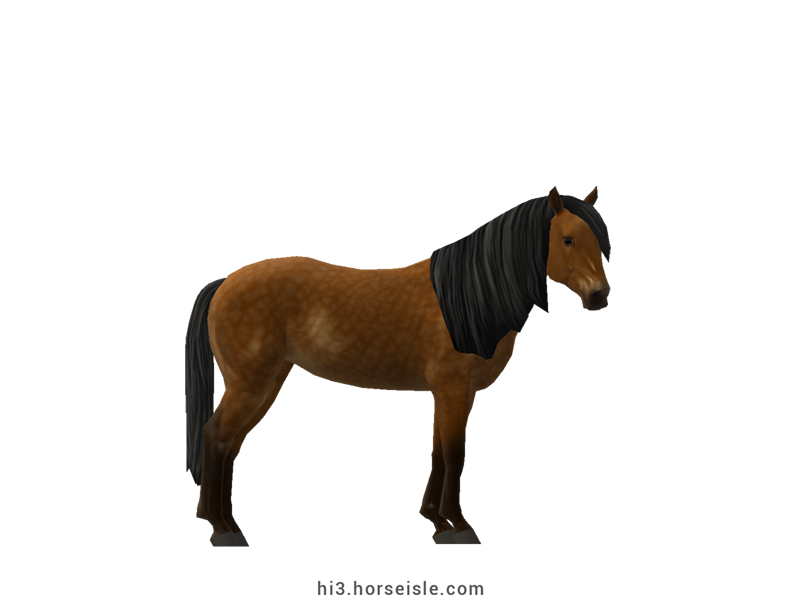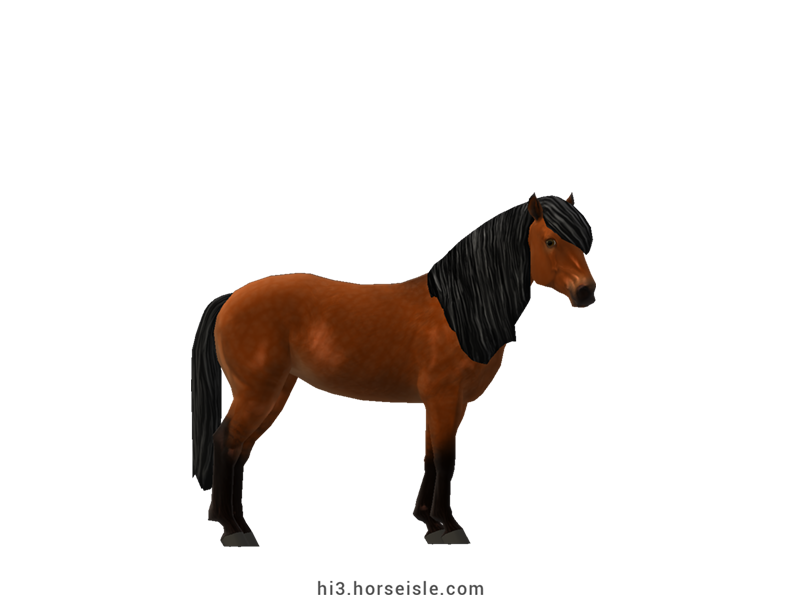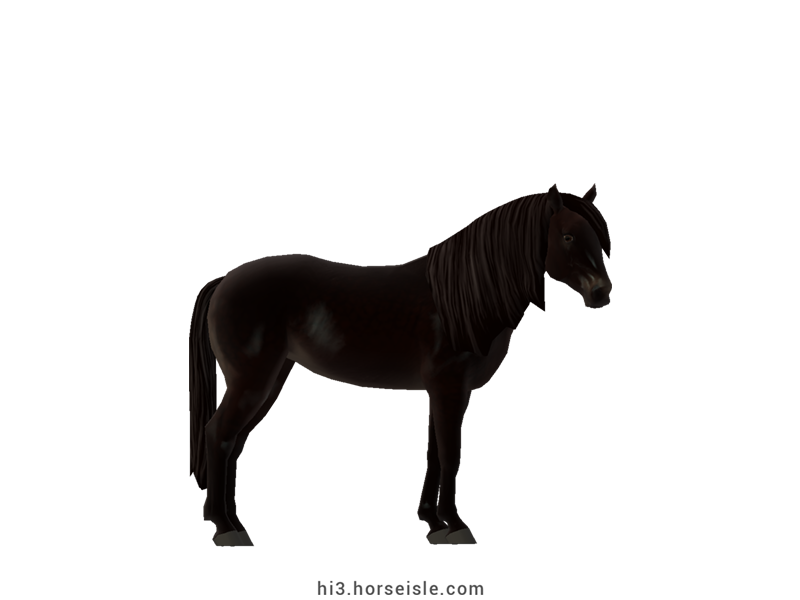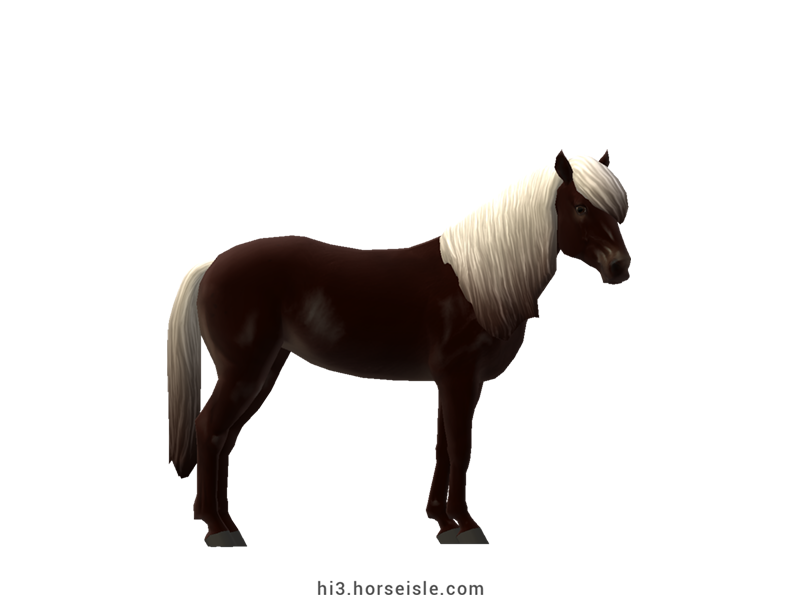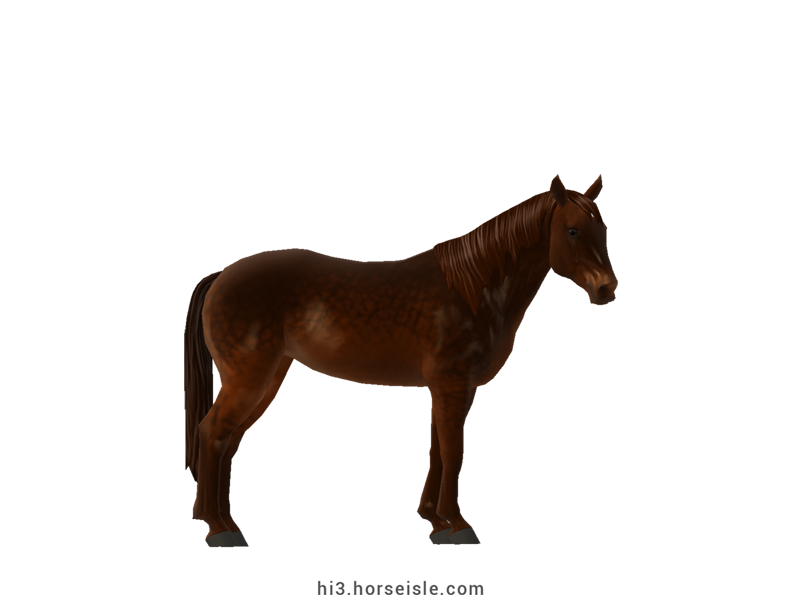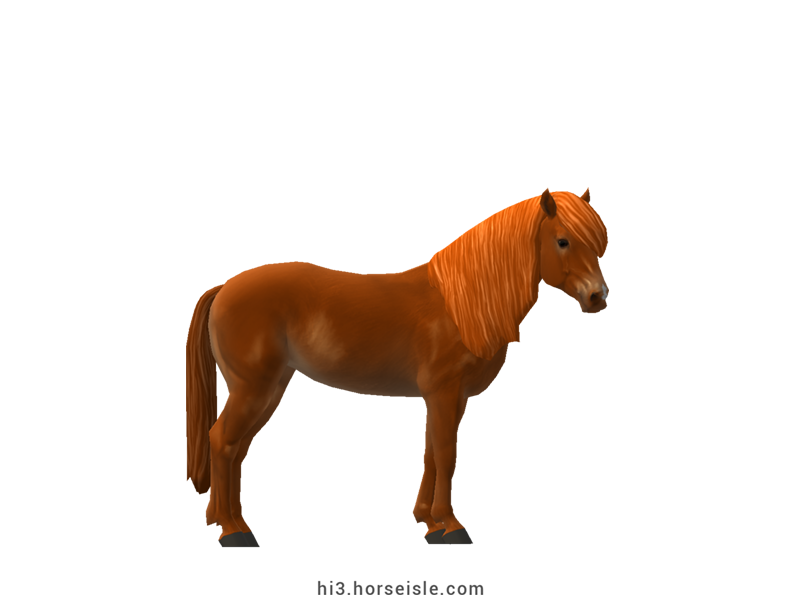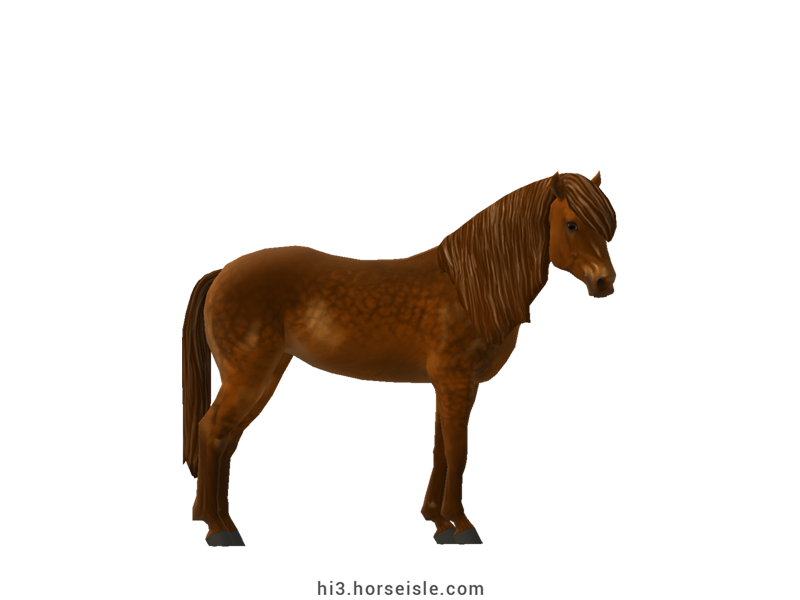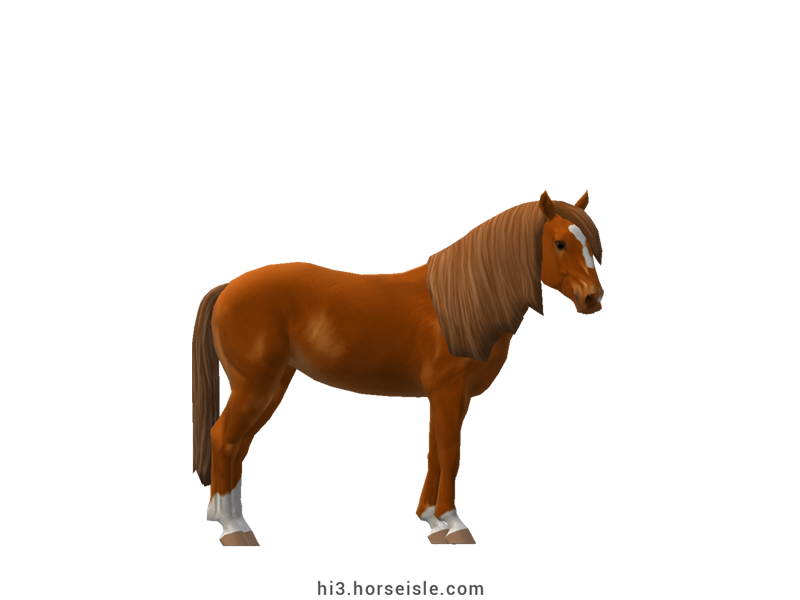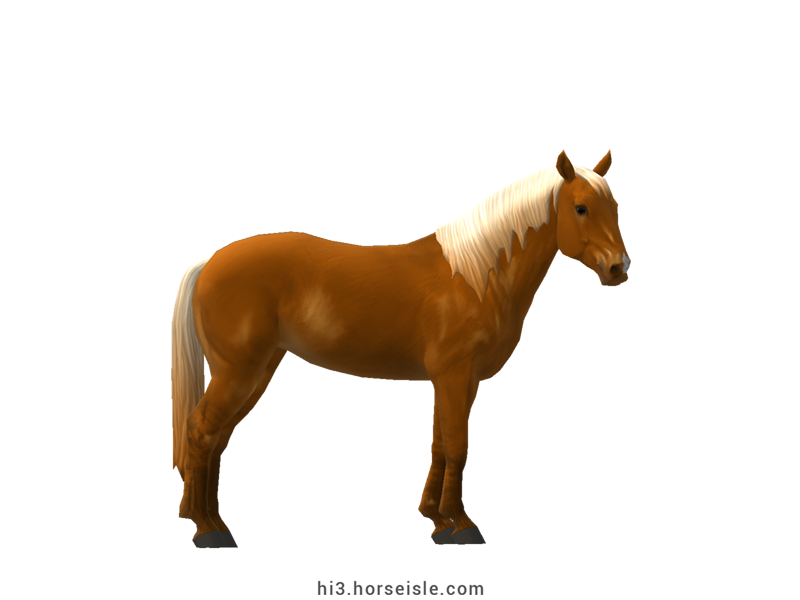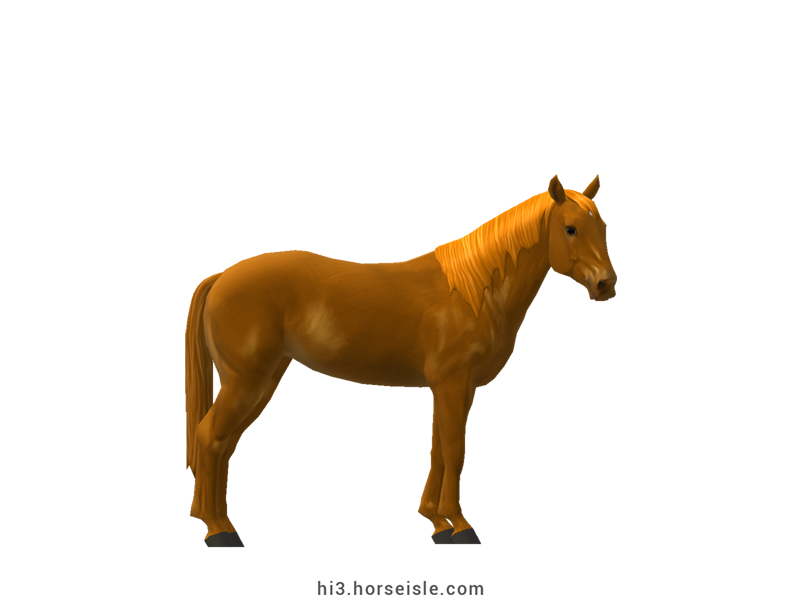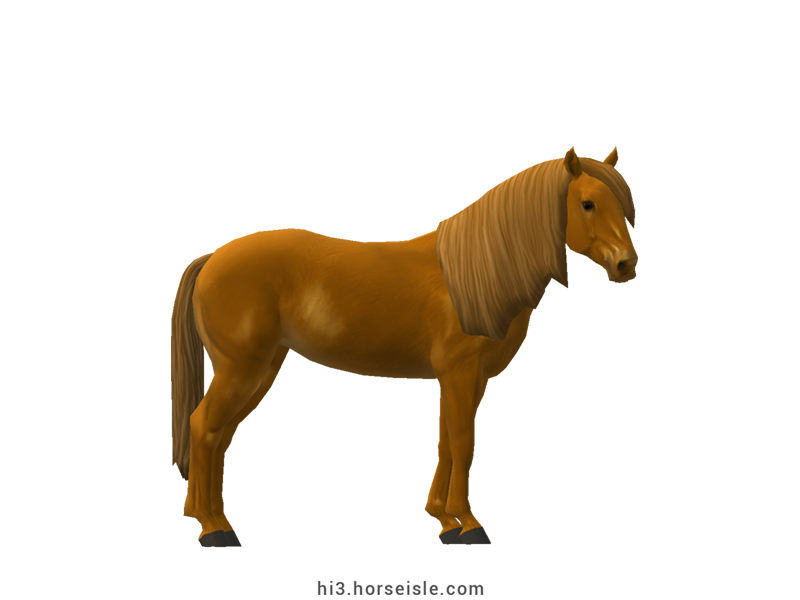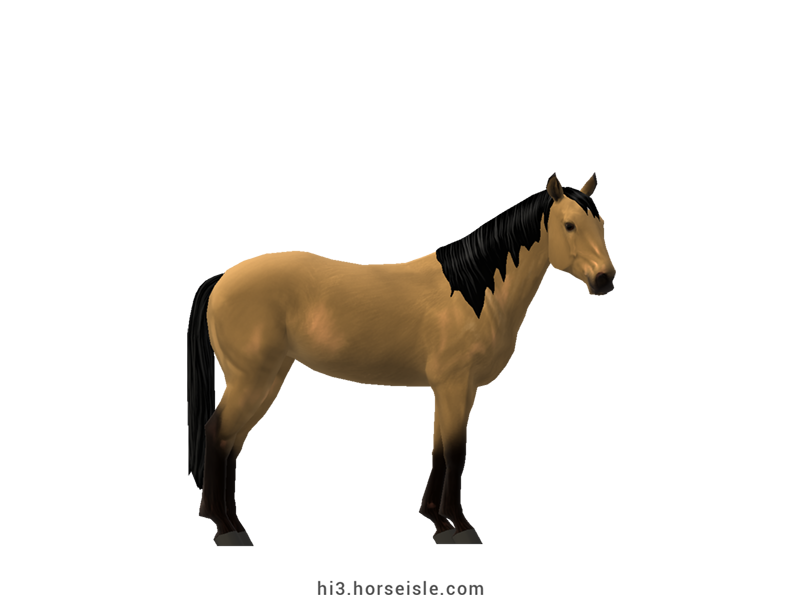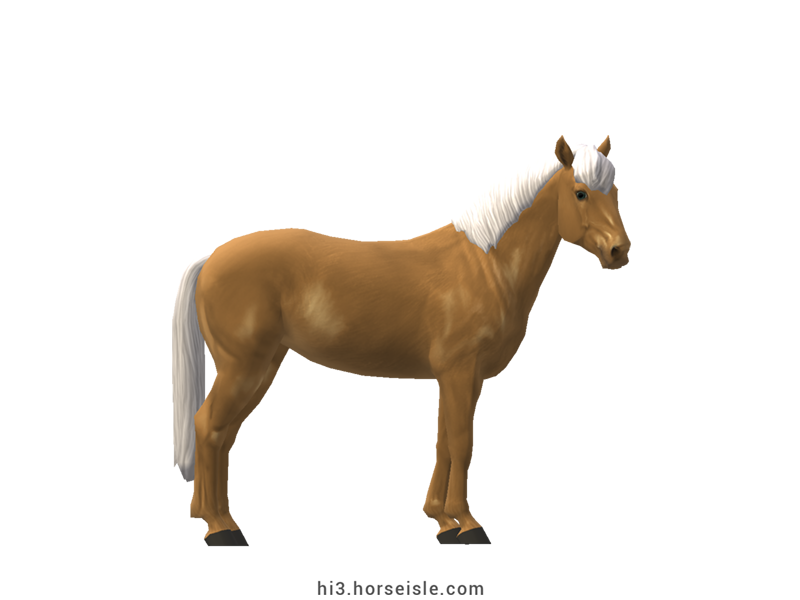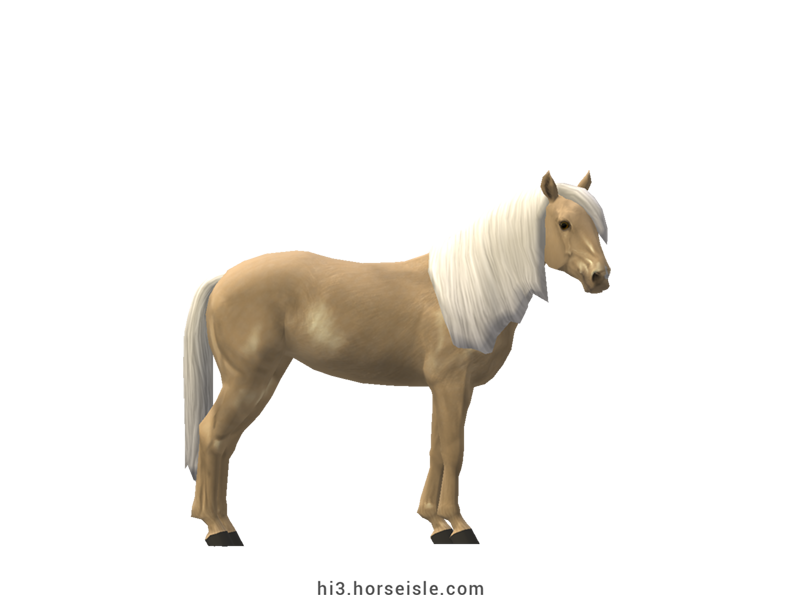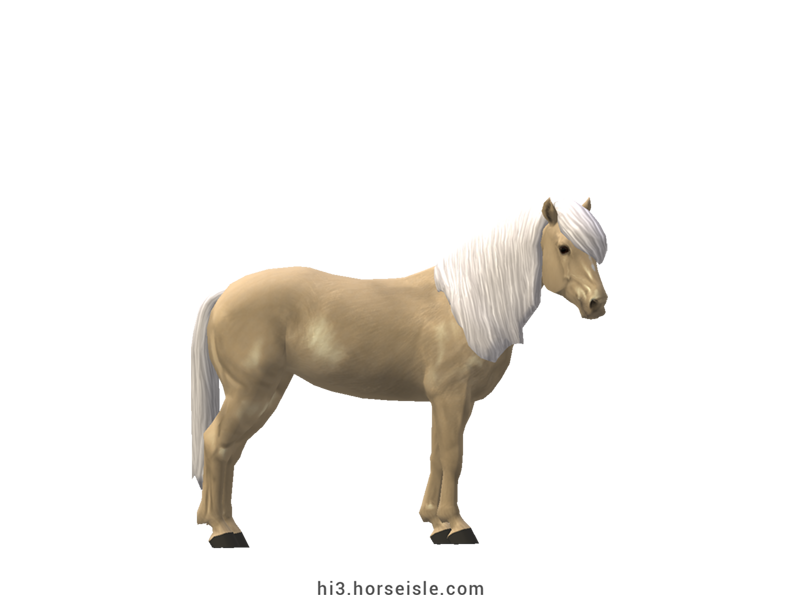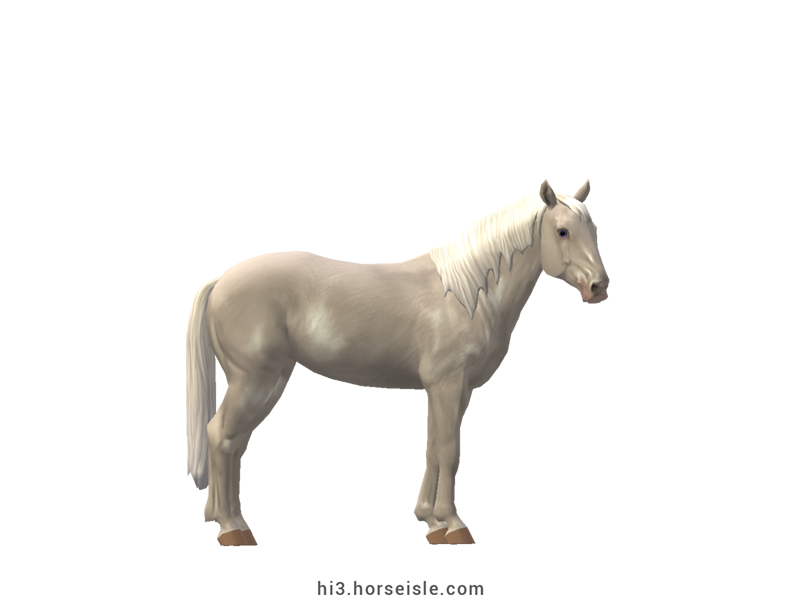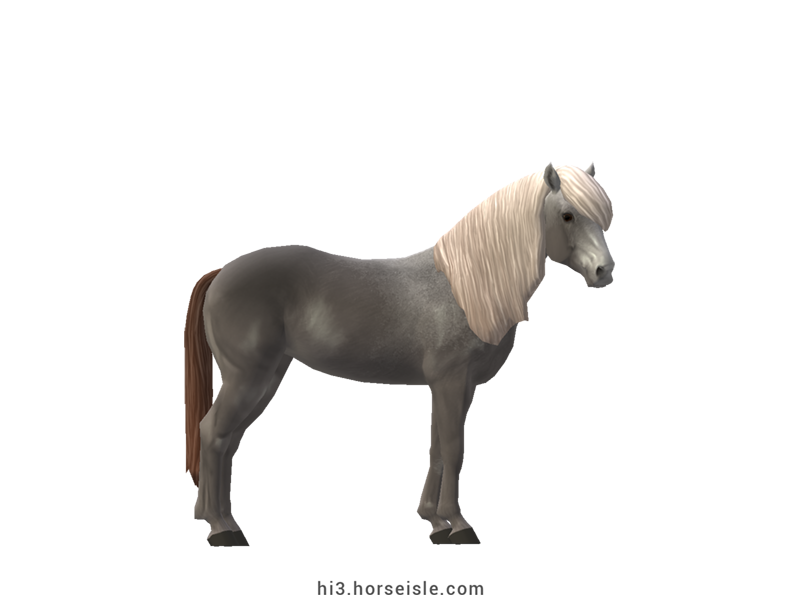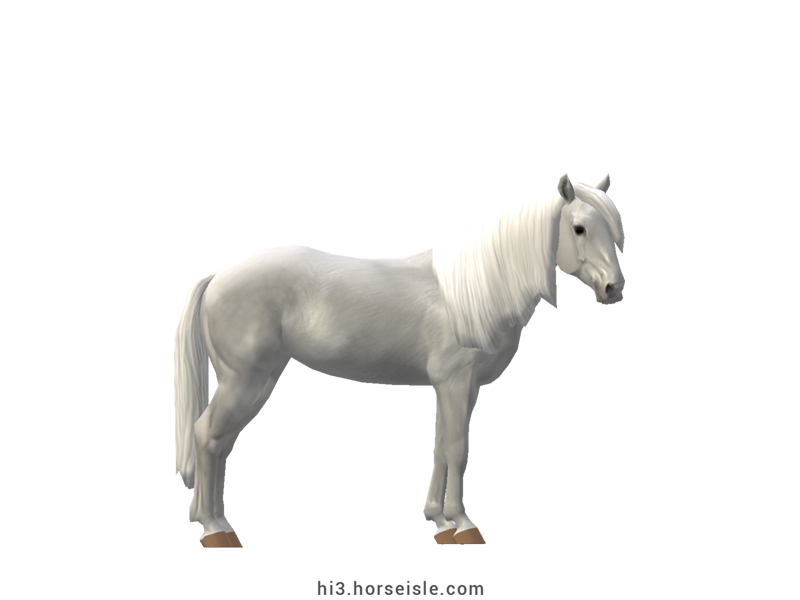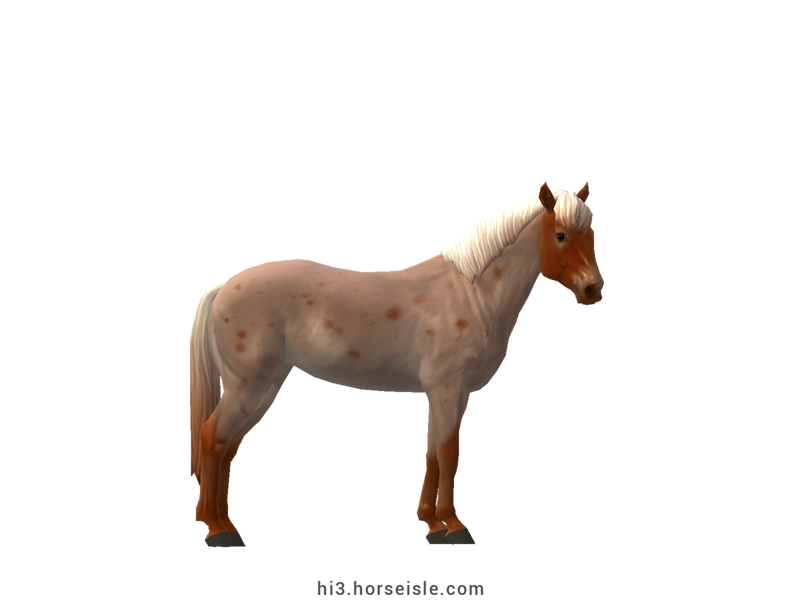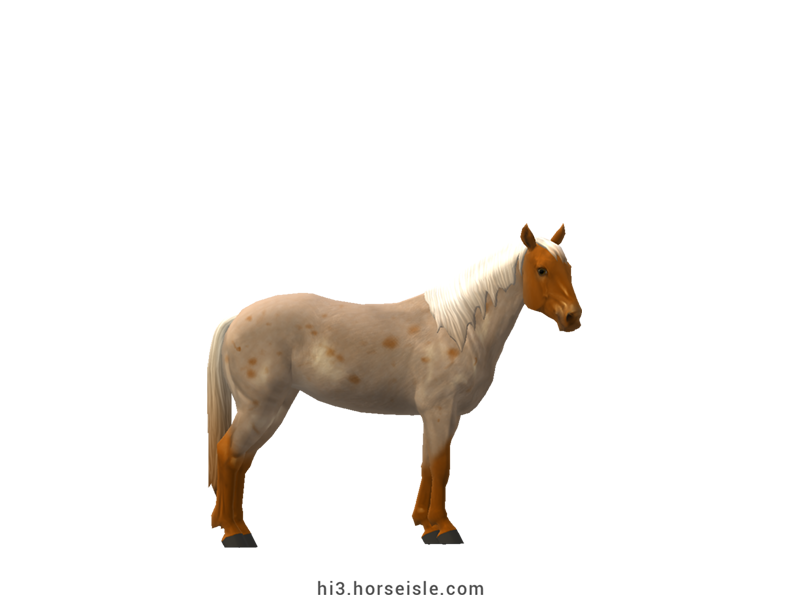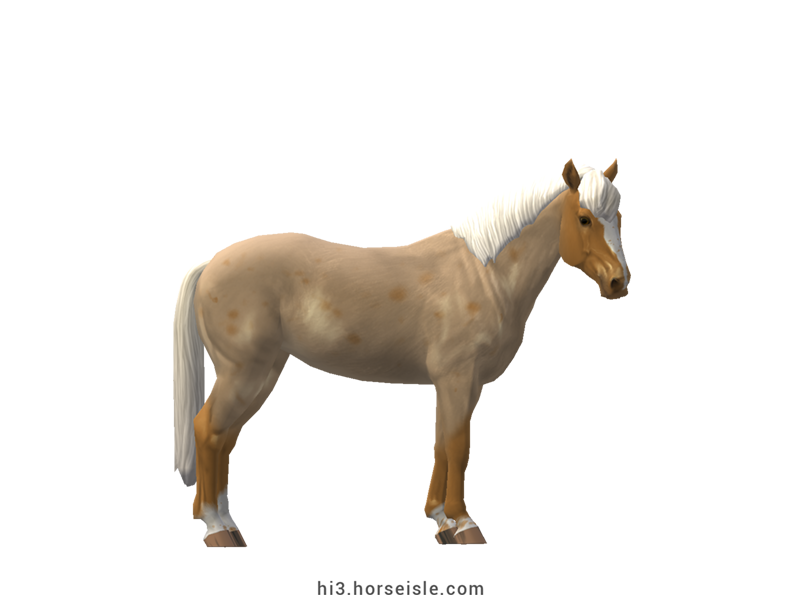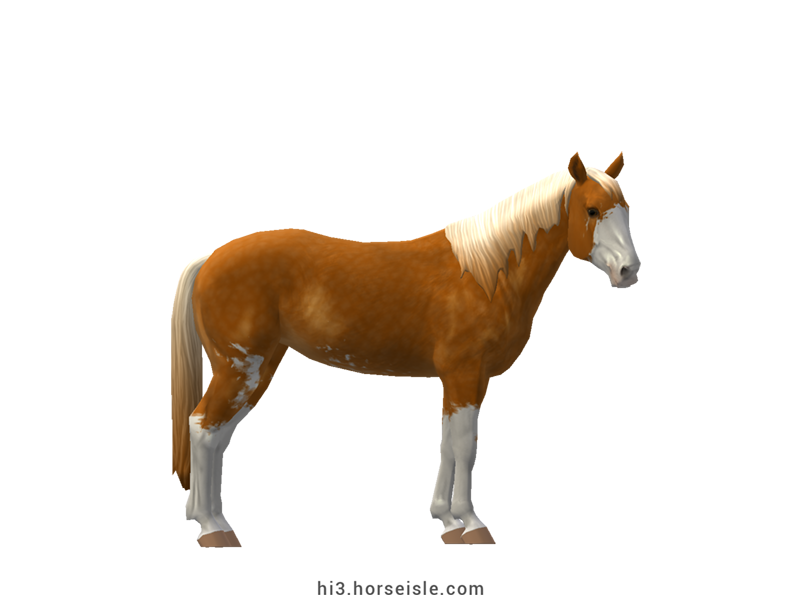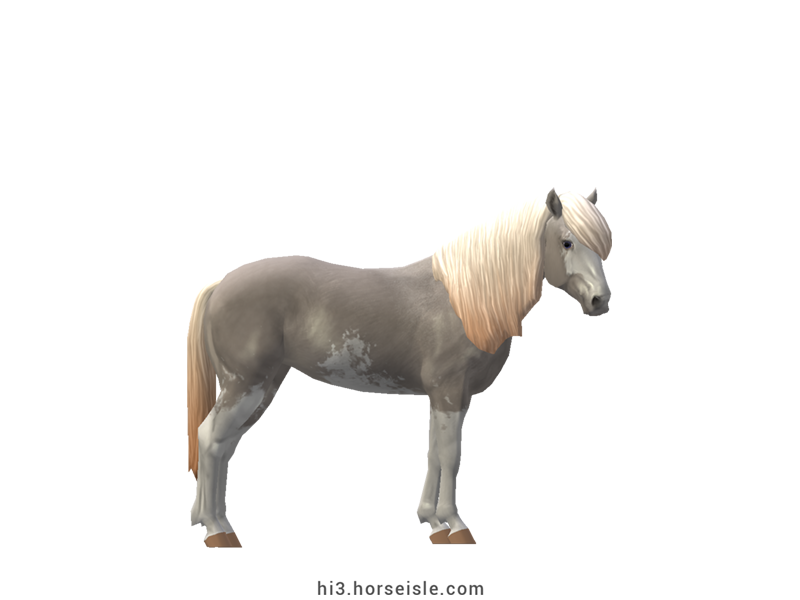Our Massive Real World Equine Reference!
[ INDEX ] Equine Type: Horse Breed: Finnhorse (Finn) [ PREV ] [ NEXT ]
From a short pony to a tall horse:
Horses had roamed Finland since the Bronze Age, but the story of the Finnhorse begins in the 12th century, when merchants from Gotland sold horses to Finnish farmers, who, in their turn, started to breed them with their own native horse stock.
From the 12th century until the early 20th century, horses of various breeds, some of which are of unknown identity, were crossed with Finnish horses to make them taller. From a horse that used to stand around 10.3hh, the Finnhorse became as tall as 16.1hh.
The Work Finnhorse (T):
Originally, Finnhorses were used for heavy work such as farming and logging, as well as for lighter work, such as pulling carriages. In the 19th century, Percheron and Ardennes horses were crossed with Finnhorses in order to turn the Finnhorses into heavier horses with longer legs, better strength, and improved stamina.
This type of Finnhorse still exists today, and is known as a "Work Finnhorse" (denoted with a 'T' in the Finnhorse studbook).
The Trotter Finnhorse (J):
In addition, also during the 19th century, public trotting races started to take place in Finland. In order to make the Finnhorses more popular, some breeders decided to cross their Finnhorses with Norfolk Trotters in order to turn the Finnhorse into a better trotter. These Finnhorses became lighter, faster, and more athletic, but still had enough strength to work on the farm as well.
This type of Finnhorse, which excels in trotting races, still exists today, and is known as a "Trotter Finnhorse" (denoted with a 'J' in the studbook). It is considered to be one of the fastest light-draft horse breeds.
The Riding Finnhorse (R):
In 1907, the Finnhorse studbook was officially founded, and the breed was declared to be a pure breed, meaning that crossbreeding was no longer allowed. Using careful breeding of existing Finnhorses, a new type of Finnhorse was created: the "Riding Finnhorse" (denoted with an 'R' in the studbook).
Riding Finnhorses are more agile than Work Finnhorses and Trotter Finnhorses, and perform fairly well in dressage and show-jumping.
The Pony Finnhorse (P):
The problem with riding horses is that they can be too tall for children and some young adults. To make the Finnhorse a breed that suits everyone, breeders bred some of their Finnhorses for a smaller size. This created the fourth, and last, type of Finnhorse, called the "Pony-Sized Finnhorse" (denoted with a 'P'), that is shorter than 14.2hh.
The Finnhorse today:
Today, the Finnhorse is one of the most (if not the most) popular breeds in Finland and its future looks promising.
Finnhorses are used for anything, from draft work and logging (Work Finnhorses) to recreational riding (Riding and Pony Finnhorses). Many are also used in therapeutic riding thanks to their calm temperament. Above all, Finnhorses are used for trotting races (Trotter Finnhorses) in which they excel.
Conformation:
The conformation of individual Finnhorses depends on the subtype to which they belong. Work Finnhorses are heavier and wider than Trotters who have lighter, longer bodies, while Riding Finnhorses are somewhere in-between.
Still, all Finnhorses share several characteristics, among them are a short-to-medium head, a straight profile, a muscular neck with a straight or slightly round topline, a rectangular frame, and a round body (rather than an angular, leaner one).
The mane is medium or long in length, and its hair can be either fine and flat or coarse and bushy (the latter especially in the forelock). The tail grows long, and the legs can have light feathering behind the fetlocks.
Performance metrics:
The following are the: range, average, (SD), and MOE of performance metrics of ordered Finnhorses in Horse Isle (not bred ones). In rare cases,
Speed: 15.2-17.6, 16.5 (0.5), 0.1.
Sprint: 49-67, 60 (4), 0.75.
Accel: 0.88-1.12, 1.00 (0.05), 0.01.
Decel: 0.90-1.07, 0.99 (0.04), 0.01.
Jump: 5.03-5.32, 5.18 (0.06), 0.01.
Pull: 1.84-2.95, 2.44 (0.27), 0.05.
Turning: 48.04-61.75, 55.68 (3.04), 0.60.
Reverse: 2.3-3.1, 2.7 (0.2), 0.03.
Stamina: 45.49-53.64, 49.74 (1.92), 0.38.
Reaction: 0.74-0.86, 0.80 (0.03), 0.01.
Coats & Height:
Colors: usually flaxen or regular chestnut, but also bay, black, and brown. More rarely, they come in silver-dapple, grey, and cream-dilutes.
Additionals: flaxen, linebacked, mealy, rabicano, roan, sooty, dark mane & tail, grey mane &tail. The coat is usually solid with white markings on the legs and face, but in rare cases it can be white-spotted sabino.
Height: usually 14.3hh to 15.2hh, but the full range is 12.3hh to 17hh.
[ INDEX ] [ PREV ] [ NEXT ]

